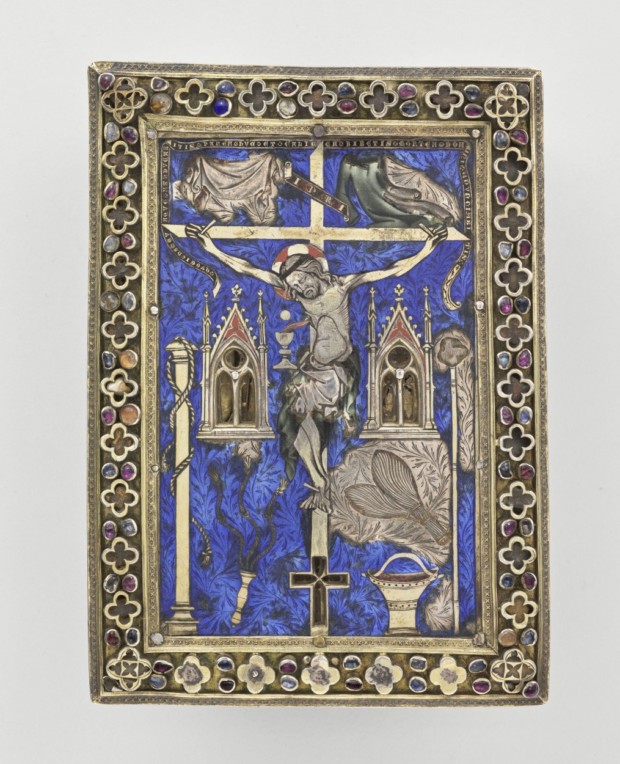10 Romanesque Art Treasures from Barcelona
Barcelona = Gaudí, we all know that. For football fans, it is also the famous Barça, the team with the motto: “More than a club”. And so it is...
Joanna Kaszubowska 7 November 2024
Often when we think about the Middle Ages, it’s sort of this rarefied, distant time that we have no connection to. Probably you picture gallant knights sitting astride brilliant destriers galloping through a sea of plagues, ignorance, and filth. And you can hardly be blamed for that, when everything from the movies you watch to your high school history teacher has told you that. But people during the Middle Ages are also responsible for inventing difficult techniques of making art and crafts. One of them is glassmaking.
Forgotten for centuries, glassmaking became again very popular in the 19th century, when stained glass was decorating new and old churches. But medieval craftsmen and artisans experimented also on another level – even goblets and optical lenses were created. The production of glass relied on the mastery of technique, and as techniques improved, more glass objects could be manufactured. The mastery of this craft led to the creation of objects with amazingly innovative forms as well as a huge variety of objects for different use.

Discover some objects that present the technical and artistic developments in glassmaking, which testify to the incredible creative wealth of Medieval glass. In the 5th century, master glassworkers perfected the technique of stained glass, and glass took its place in society. These works illustrate the fascination with glass, its symbolism, and its role in accompanying scientific discoveries.

For example, this ring is one of the rare examples of cloisonné enamel of the Ottoman or Salian period. It is composed of a circular bezel set with an enameled disk, shank, and little spheres placed on the shank and shoulders’ circumference. The shank is filigreed and adorned with triangular motifs. The analysis suggests that the ring was made of elements used before as different artifacts. The enamel might have been a small circular medallion used in a gold religious artwork.

Another example is this beautiful painting-reliquary. The enameled plate represents Jesus Christ on the Cross whose thin and subtly engraved figure is somewhat reminiscent of the works of the prominent Parisian illuminator Jean Pucelle. The analogy, reflected in the extraordinary quality of the basse-taille technique and the plant motifs engraved beneath the blue enamel in the background, enables dating back to the mid-15th century. The relics of the True Cross and the Passion were probably kept in this reliquary, which suggests that the sponsor had connections with the royal environment.
These are only a few of the many wonders of medieval glass that can be found in different collections all over the world. Remember to have a look at the medieval gallery, the next time you visit a museum!
DailyArt Magazine needs your support. Every contribution, however big or small, is very valuable for our future. Thanks to it, we will be able to sustain and grow the Magazine. Thank you for your help!